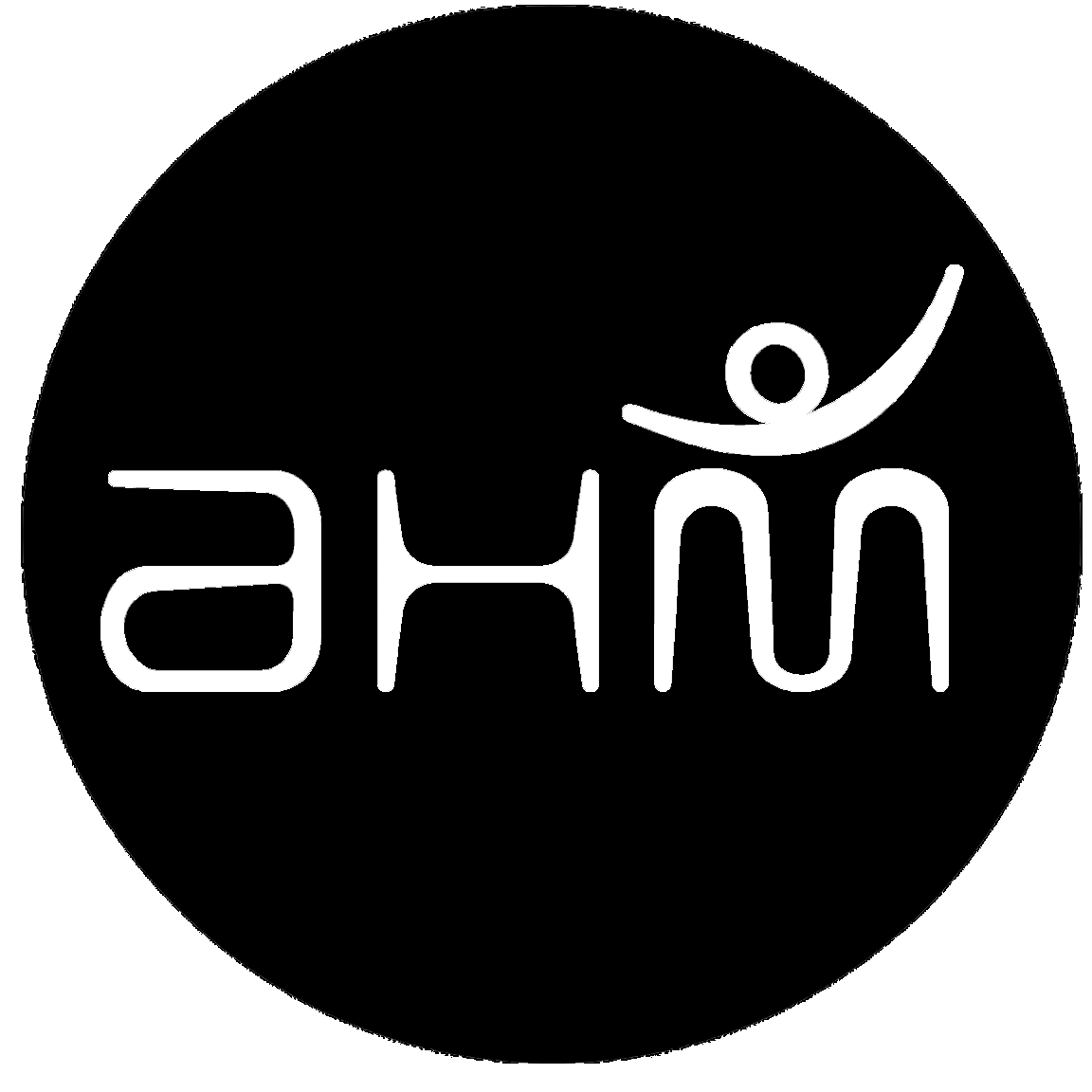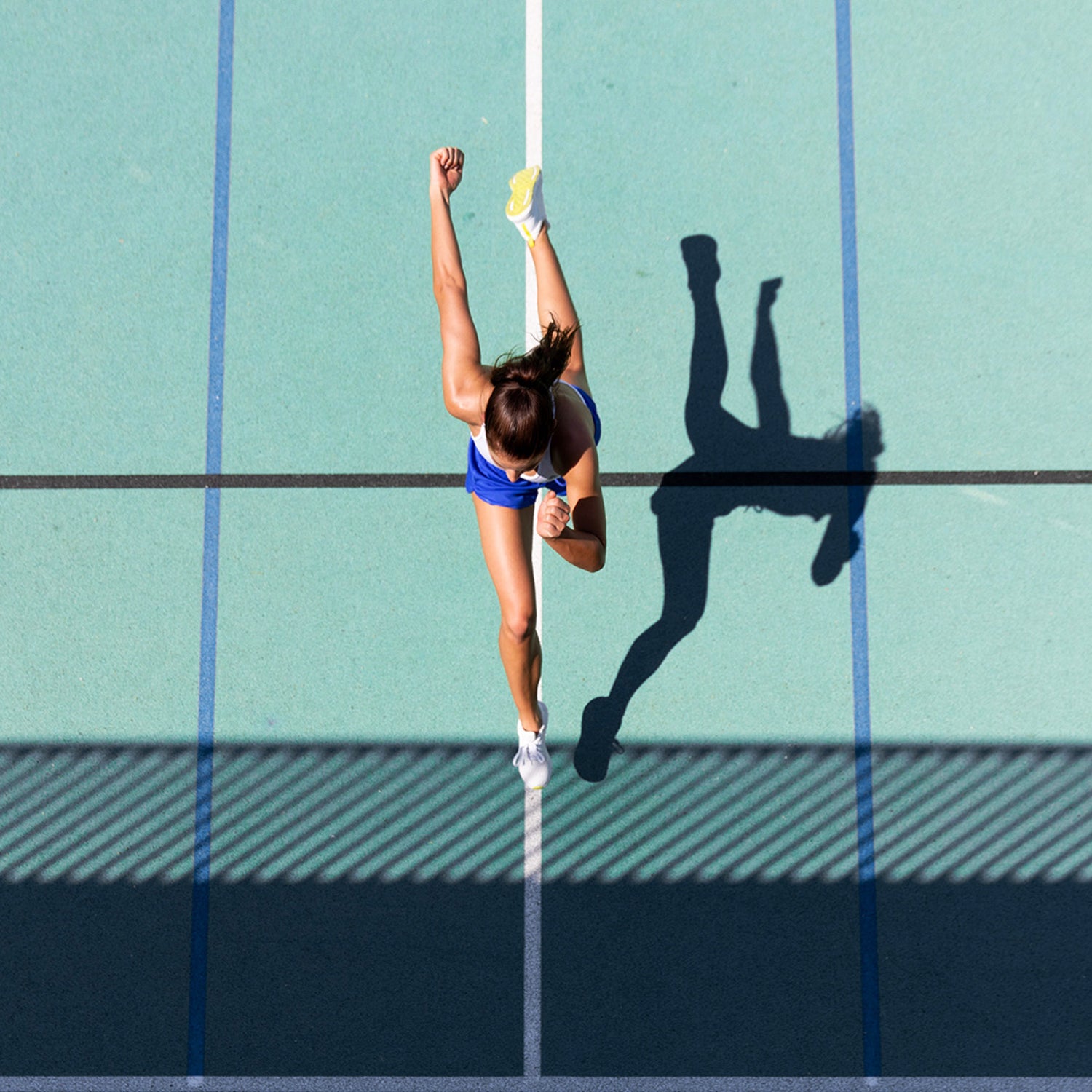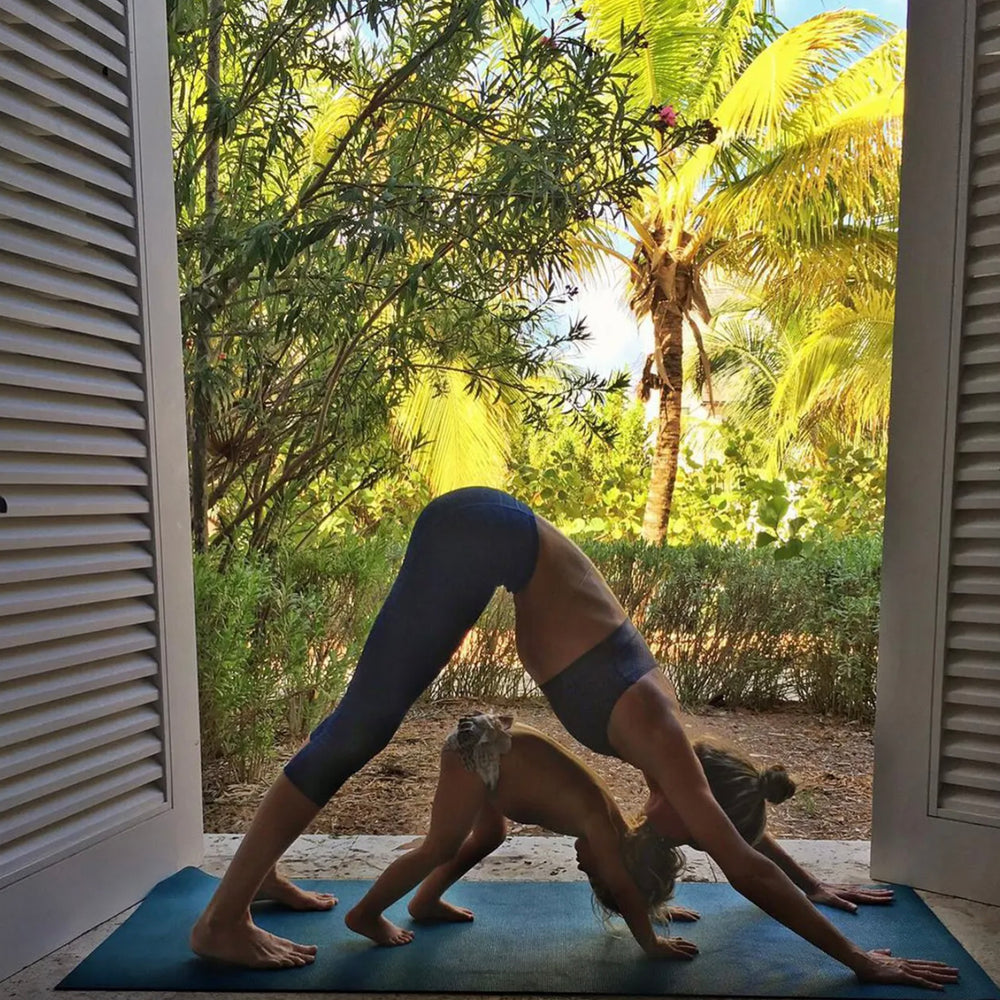 Running is a demanding sport that tests endurance, strength, and willpower. However, this high-impact activity can also lead to muscle tightness, joint stress, and imbalance in the body. Yoga, with its emphasis on stretching, strengthening, and balancing, offers an ideal counterbalance for runners. Incorporating yoga into an athlete's routine can enhance performance, reduce the risk of injury, and provide much-needed mental and physical relief. This article explores the best yoga poses for athletes, particularly runners, to incorporate into their training regimen.
Understanding the Benefits of Yoga for Runners
Running primarily engages the lower body, often leading to tight hamstrings, calves, and hip flexors, as well as placing significant stress on the knees and ankles. Yoga addresses these issues by:
Enhancing Flexibility: Stretching through yoga increases flexibility, reducing the risk of injuries like strains and sprains.
Improving Balance: Yoga poses enhance proprioception and balance, which are vital for running on uneven terrain.
Building Strength: Certain yoga poses strengthen the core, hips, and lower body, supporting better running form.
Promoting Recovery: Yoga facilitates active recovery, speeding up muscle repair and reducing soreness.
Reducing Stress: Mindfulness and breathing techniques in yoga help manage the mental stress of training and competition.
Yoga Poses for Runners
1. Downward-Facing Dog (Adho Mukha Svanasana)
This pose stretches the hamstrings, calves, and spine, and strengthens the shoulders and arms.
How to do it: Start on your hands and knees, lift your hips up and back, forming an inverted V. Keep your hands shoulder-width and feet hip-width apart. Try to press your heels toward the floor.
Benefits: Stretches the back, improves circulation, and strengthens the upper body.
2. Low Lunge (Anjaneyasana)
Low Lunge opens up the hip flexors and quadriceps, areas that can become tight from running.
How to do it: Step one foot forward between your hands, aligning the knee over the heel. Lower your back knee to the floor. Raise your arms above your head, keeping the hips sinking forward and down.
Benefits: Stretches the hips, thighs, and chest; improves flexibility in the hip flexors.
3. Pigeon Pose (Eka Pada Rajakapotasana)
This pose is excellent for releasing tension in the hip rotators and flexors.
How to do it: From a downward dog, bring one knee forward toward the corresponding wrist. Extend your other leg back. Square your hips and fold forward for a deeper stretch.
Benefits: Relieves tightness in the hips and glutes, which is common in runners.
4. Standing Forward Bend (Uttanasana)
Uttanasana stretches the hamstrings and calves while calming the mind.
How to do it: Stand with feet hip-width apart, exhale and hinge at your hips to fold forward. Reach for the ground or your shins.
Benefits: Stretches the hamstrings and calves, strengthens the thighs, and relaxes the brain.
5. Triangle Pose (Trikonasana)
This pose strengthens the legs while stretching the groin, hamstrings, and hips.
How to do it: Stand wide, turn one foot out 90 degrees, and hinge at the hip to lean over your front leg. Extend your arm toward the floor and the other toward the sky.
Benefits: Strengthens the legs, stretches the muscles of the leg, hip, and groin, and improves overall balance.
6. Warrior II (Virabhadrasana II)
Warrior II strengthens and stretches the legs and ankles while opening the hips and chest.
How to do it: Stand with feet wide apart, turn one foot out, and extend your arms. Bend your front knee, keeping it over the ankle.
Benefits: Strengthens the legs and arms, opens the hips and chest, and improves concentration.
7. Bridge Pose (Setu Bandhasana)
This backbend strengthens the lower back and hamstrings, which are crucial for runners.
How to do it: Lie on your back, bend your knees, and place your feet flat on the floor. Press into your feet and lift your hips.
Benefits: Strengthens the back, buttocks, and hamstrings; improves spine flexibility.
8. Legs-Up-The-Wall Pose (Viparita Karani)
This restorative pose helps in reducing fatigue in the legs and improving circulation.
How to do it: Sit close to a wall, then lie back and extend your legs up the wall. Allow your arms to rest by your sides.
Benefits: Relieves tired legs, reduces swelling in the ankles, and relaxes the nervous system.
Integrating Yoga into Running Training
Incorporating yoga into a runner’s routine can be done in various ways:
Pre-Run Warm-Up: Use dynamic yoga stretches like sun salutations to warm up the body before a run.
Post-Run Cool Down: Implement poses like Downward-Facing Dog and Pigeon Pose to stretch out and prevent stiffness.
Rest Days: Utilize rest days for a more extended, gentle yoga session to aid recovery and flexibility.
Regular Practice: Consistent yoga practice, even on non-running days, will enhance overall benefits.
Tips for Runners Practicing Yoga
Focus on Form: Rather than striving to achieve the perfect pose, focus on maintaining proper form to prevent injury.
Breathe Deeply: Use deep, controlled breathing to deepen stretches and relax the mind and body.
Be Consistent: Regular practice yields better results, helping in gradual improvement in flexibility and strength.
Listen to Your Body: Avoid pushing into painful stretches; yoga should be challenging but not painful.
Yoga offers an array of benefits for runners, addressing many of the physical and mental demands of the sport. Through a mix of strength-building, flexibility-enhancing, and recovery-aiding poses, runners can improve their performance, reduce the risk of injury, and find a mental oasis. By integrating yoga into their training regimen, runners can achieve a more balanced and holistic approach to their sport, promoting long-term health and well-being.
|











